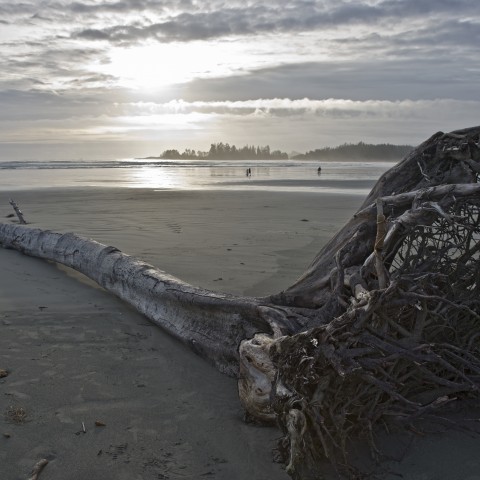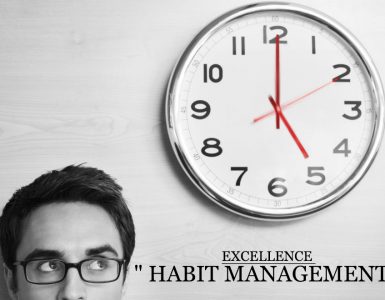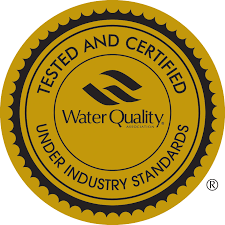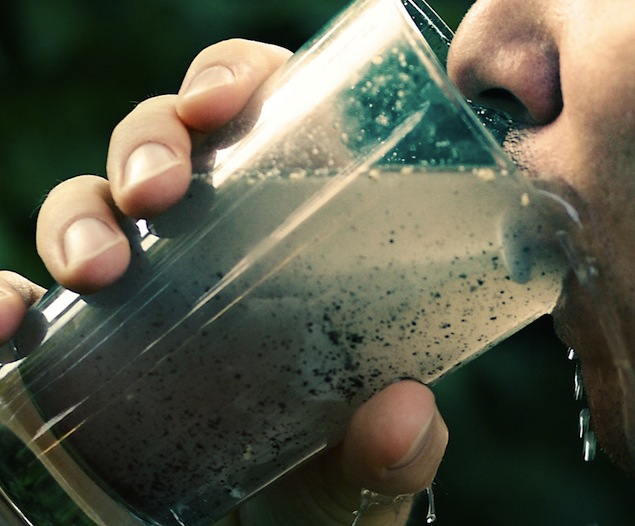Ever heard of a dead zone? Up until last week I hadn’t. A dead zone is a marine environment with very low oxygen concentrations (scientific term = hypoxia). When wildlife enters a dead zone it suffocates and dies. Chemical increases in the water lead to extreme growth of algae, which reduce oxygen levels. Though they can be created naturally, dead zones are usually created as a result of human activity (like large scale farming).
Bear with me while we delve into some science. Chemicals like nitrogen and phosphorus play the biggest part in creating dead zones. When an area has too much of these chemicals, it triggers a type of water pollution called eutrophication. Phosphorus and nitrogen are two of the main components found in fertilizers. When these chemicals runoff from farms and lawns into marine habitats, they create an environment where algae species flourish. (Most algae are fast growing and have short life spans. When these guys die, they sink to the bottom of their ecosystem and decompose, using up all the oxygen. This creates bacteria which produce methane gases, ammonia and hydrogen sulphide). This makes it impossible for any wildlife to live in these habitats.
The biggest dead zone is in the Gulf of Mexico, which was created from the farms that drain into the gulf. In Canada and the United States our most notorious dead zone problem is Lake Eerie. Lake Eerie is shallower than all of the other great lakes so it warms up faster. Warmer water helps create an environment where plankton and other species of algae can thrive. Cue global warming. Warmer water has less oxygen, which makes this problem worse. (Marine life has a faster metabolism in warmer water increasing their need for oxygen). As the world continues to get warmer, dead zones will become more common. Climate change like longer summers, changing wind patterns and ocean acidification (another post for another time) all contribute to dead zones.
There is some good news though.. dead zones can be reduced. By using fertilizer more efficiently, runoff can be reduced from farms. Farmers are also practicing methods like covered crops, where the soil erosion (loss of topsoil) and the effects of extreme weather are reduced. On a smaller scale, eating organic foods and buying locally can help stop large scale farming. You can eat locally by shopping at farmers markets instead of big chain grocery stores. (Organic foods are usually labelled). There are also many organizations set up in order to protect and reduce dead zones. The Gulf Coast preservation society (www.gulfpreserve.org/deadzone.htm) is just one example of an organization set up in order to reduce dead zones.
Dead zones are world wide, but with our help they can be reduced and eliminated!
– D






















Add comment